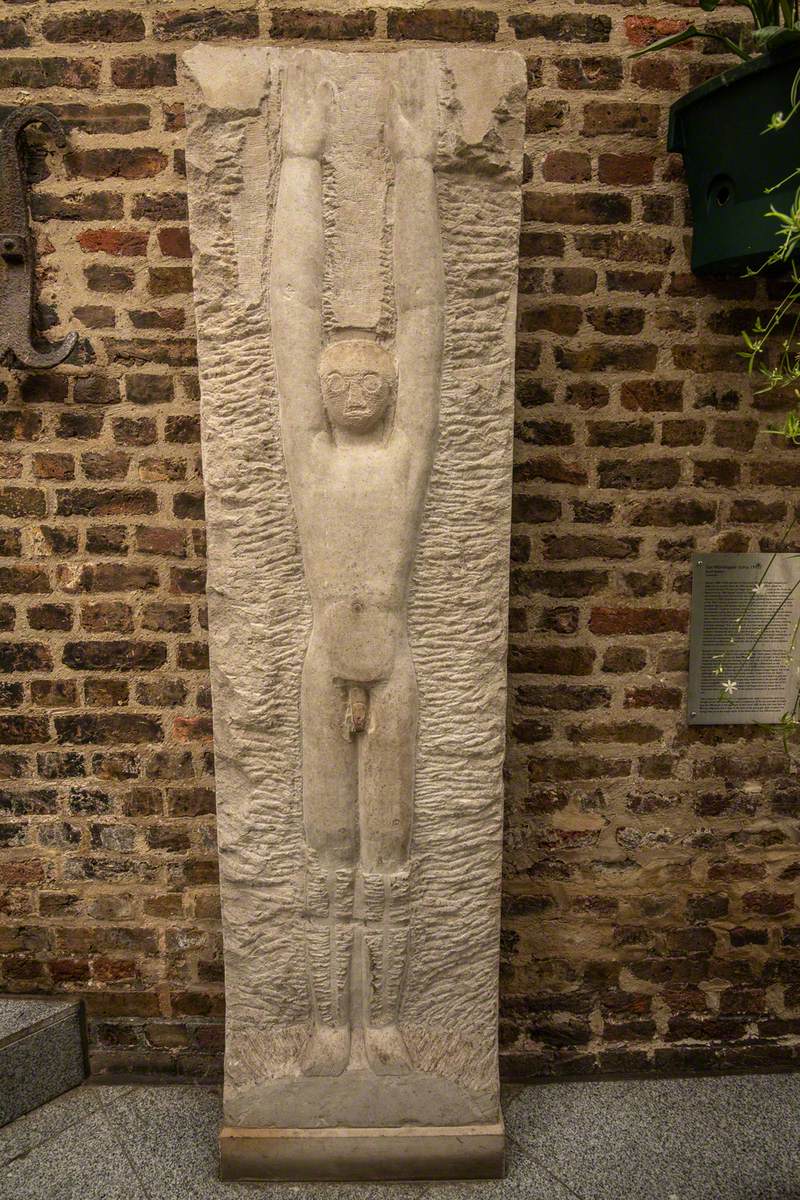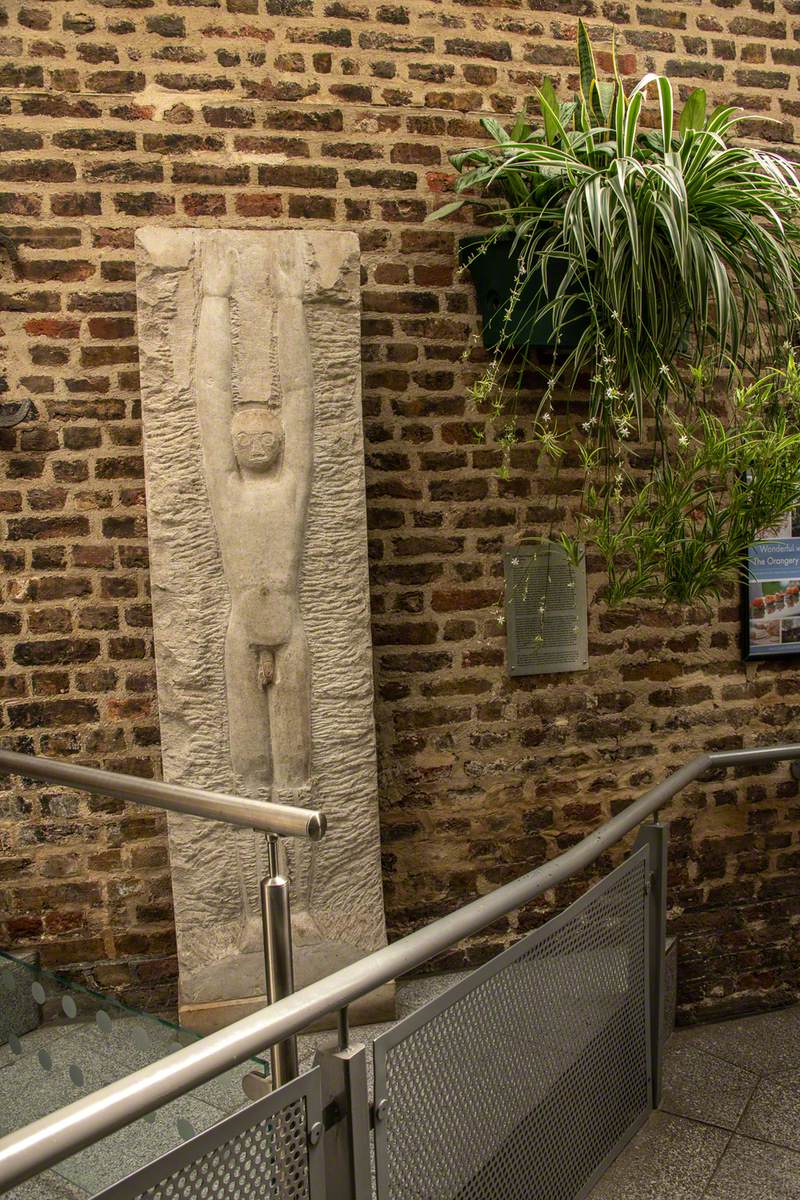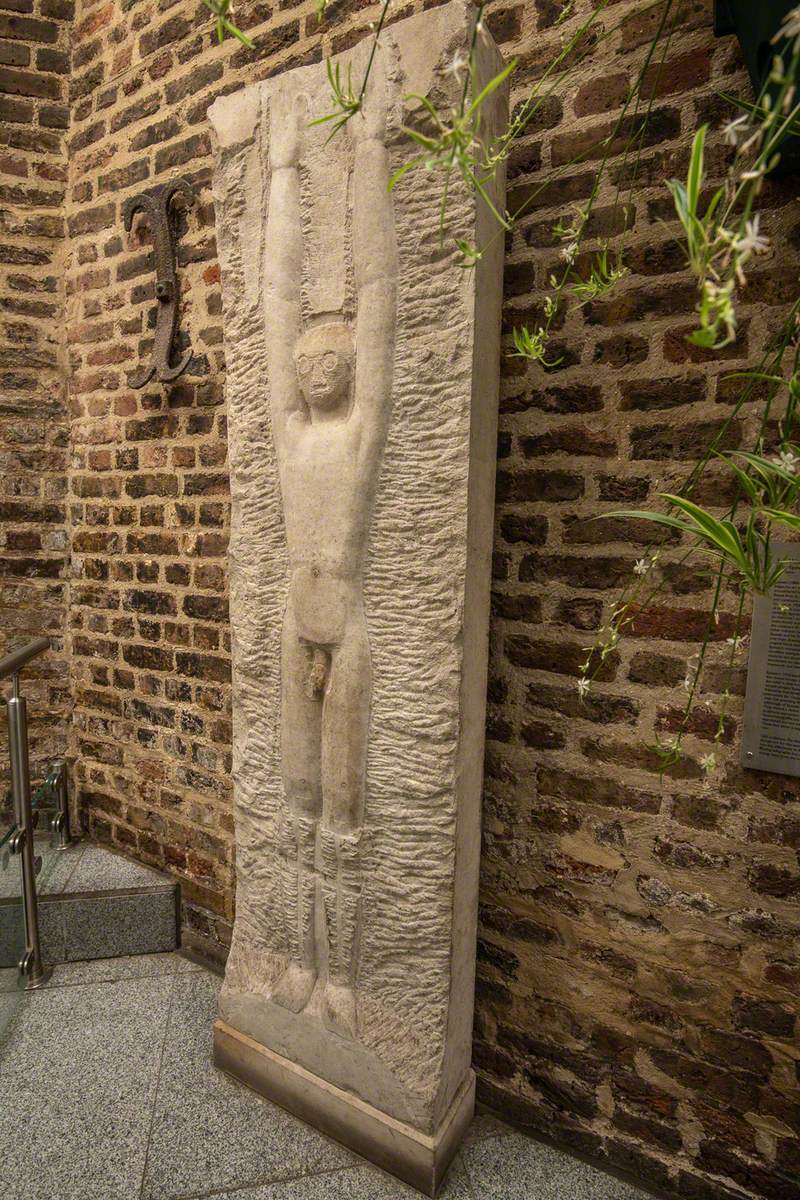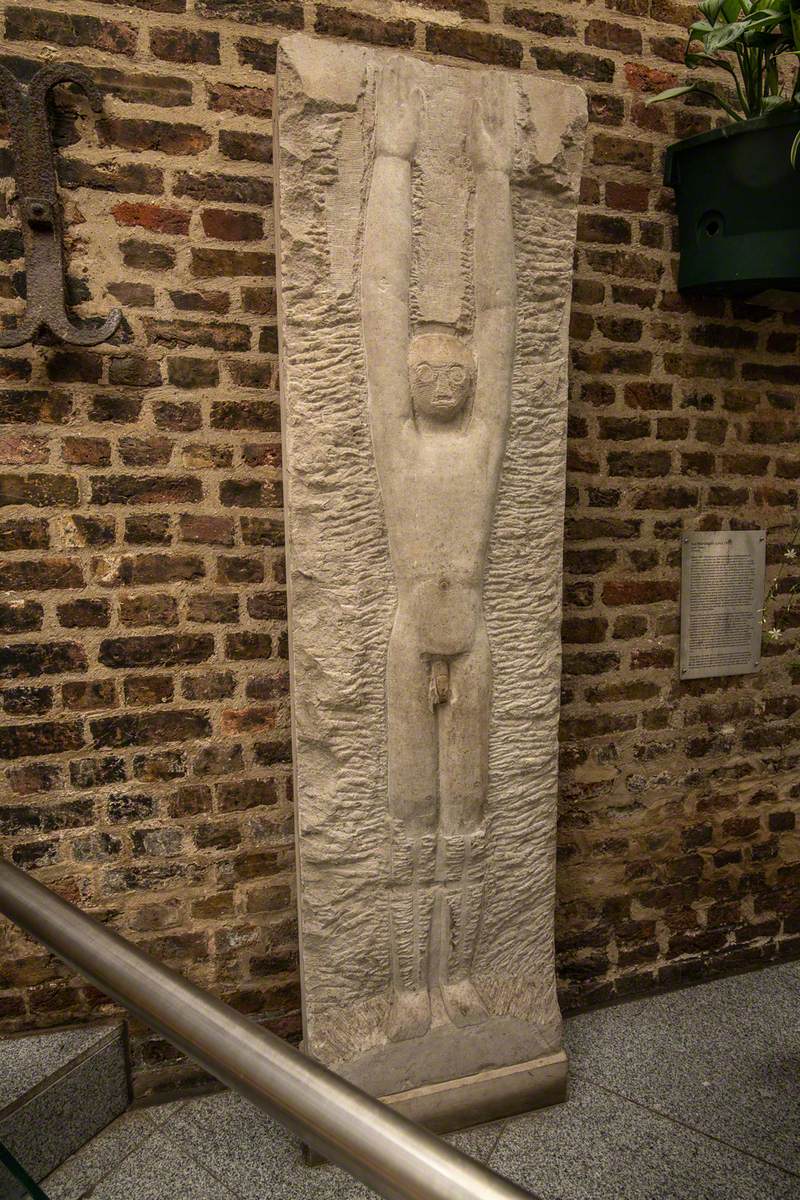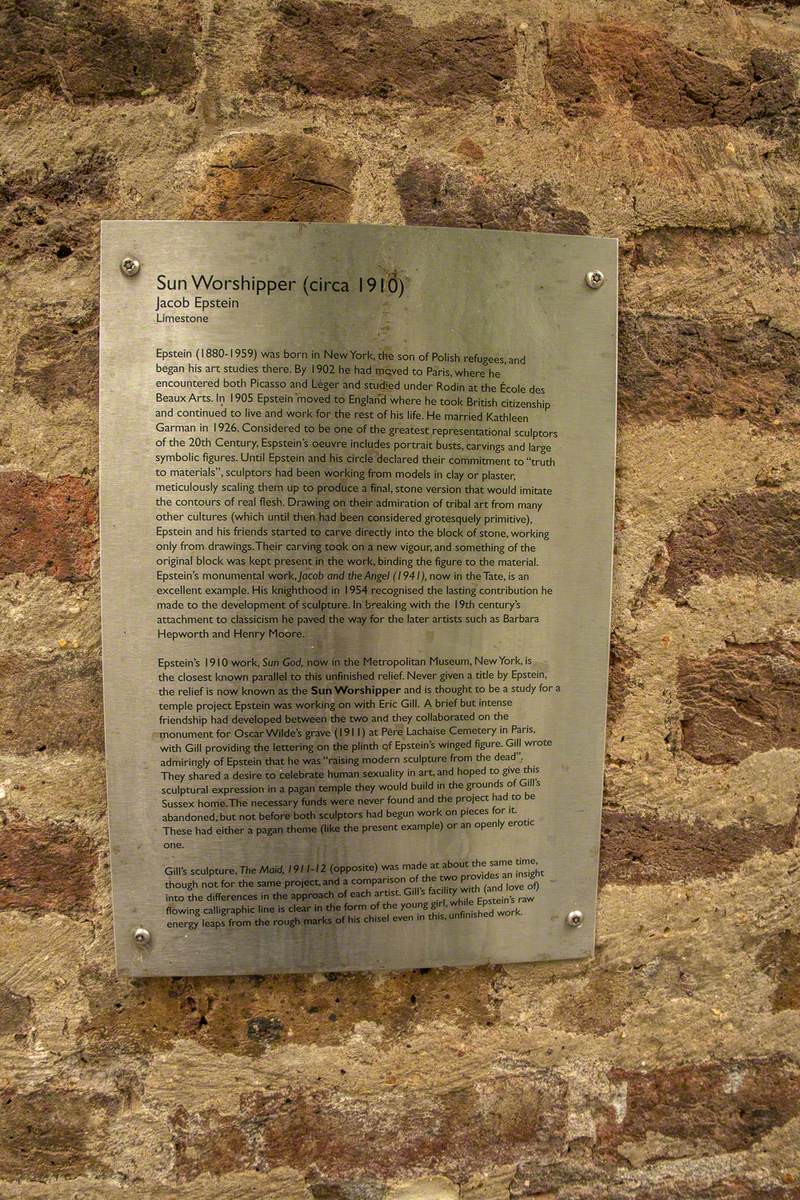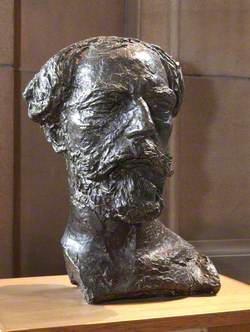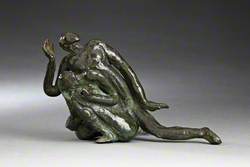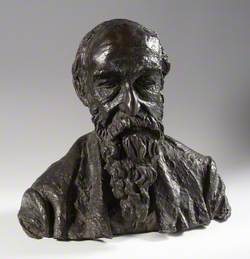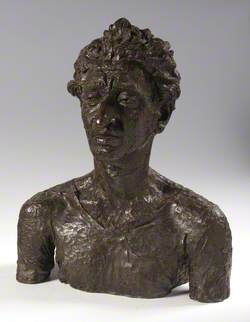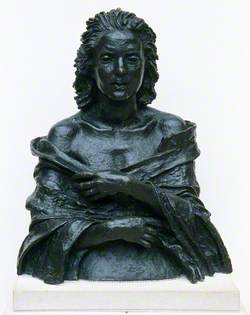How you can use this image
This image can be used for non-commercial research or private study purposes, and other UK exceptions to copyright permitted to users based in the United Kingdom under the Copyright, Designs and Patents Act 1988, as amended and revised. Any other type of use will need to be cleared with the rights holder(s).
Review the copyright credit lines that are located underneath the image, as these indicate who manages the copyright (©) within the artwork, and the photographic rights within the image.
The collection that owns the artwork may have more information on their own website about permitted uses and image licensing options.
Review our guidance pages which explain how you can reuse images, how to credit an image and how to find images in the public domain or with a Creative Commons licence available.
Notes
Add or edit a note on this artwork that only you can see. You can find notes again by going to the ‘Notes’ section of your account.
Title
Sun Worshipper
Date
1910
Medium
limestone
Measurements
H 190 x W 54 x D (?) cm
Accession number
W1_JR_S014
Acquisition method
gifted to the Royal Borough of kensington & Chelsea by Lady Kathleen Epstein
Work type
Relief
Owner
Kensington and Chelsea London Borough Council
Custodian
Kensington and Chelsea London Borough Council
Work status
extant
Unveiling date
August 2004
Access
time restrictions apply
Access note
Park opening times.
Inscription description
information panel fixed to wall to right of sculpture: Sun Worshipper (circa 1910) / Jacob Epstein / Limestone / / Epstein (1880–1959) was born in New York, the son Polish refugees, and / began his art studies there. By 1902 he had moved to Paris, where he / encountered both Picasso and Léger and studied under Rodin at the École des / Beaux Arts. In 1905 Epstein moved to England where he took British citizenship / and continued to live and work for the rest of his life. He married Kathleen / Garman in 1926. Considered to be one of the greatest representational sculptors / of the 20th Century, Epstein‘s oeuvre includes portrait busts, carvings and large / symbolic figures. Until Epstein and his circle declared their commitment to “truth / to materials”, sculptors had been working from models in clay or plaster, / meticulously scaling them up to produce a final, stone version that would imitate / the contours of real figures. Drawing on their admiration of tribal art from many / other cultures (which until then had been considered grotesquely primitive), / Epstein and his friends started to carve directly into the block of stone, working / only from drawings. Their carving took on a new vigour, and something of the / original block was kept present in the work, binding the figure to the material. / Epstein’s monumental work, Jacob and the Angel (1941), now in the Tate, is an / excellent example. His knighthood in 1954 recognised the lasting contribution he / made to the development of sculpture. In breaking with the 19th century’s / attachment to classicism he paved the way for the later artists such as Barbara / Hepworth and Henry Moore. / Epstein’s 1910 work, Sun God, now in the Metropolitan Museum, New York, is / the closest known parallel to this unfinished relief. Never given a title by Epstein, / the relief is known as the Sun Worshipper and is thought to be a study for a / temple project Epstein was working on with Eric Gill. A brief but intense / friendship had developed between the two and they collaborated on the / monument for Oscar Wilde’s grave (1911) at Père Lachaise Cemetery in Paris, / with Gill providing the lettering on the plinth of Epstein’s winged figure. Gill wrote / admiringly of Epstein that he was “raising modern sculpture from the dead”. / They shared a desire to celebrate human sexuality in art, and hoped to give this / sculptural expression in a pagan temple they would building in the grounds of Gill’s / Sussex hone. The necessary funds were never found and the project had to be / abandoned, but not before both sculptors had begun work on pieces for it. / These had either a pagan theme (like the present example) or an openly erotic / one. / Gill’s sculpture, The Maid, 1911–12 (opposite) was made at about the same time, / though not for the same project, and a comparison of the two provides an insight / into the differences in the approach of each artist. Gill’s facility with (and love of) / flowing calligraphic line is clear in the form of the young girl, while Epstein’s raw / energy leaps from the rough marks of his chisel even in this, unfinished work.
